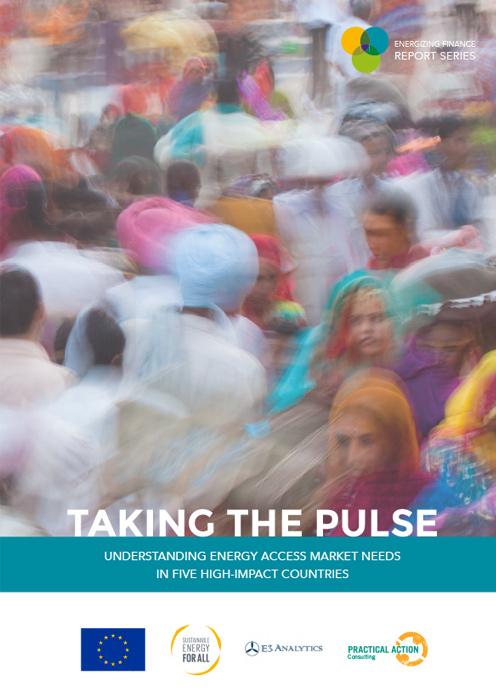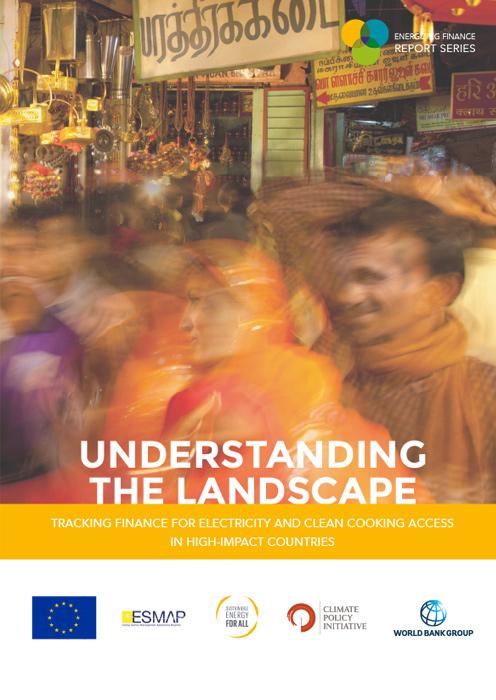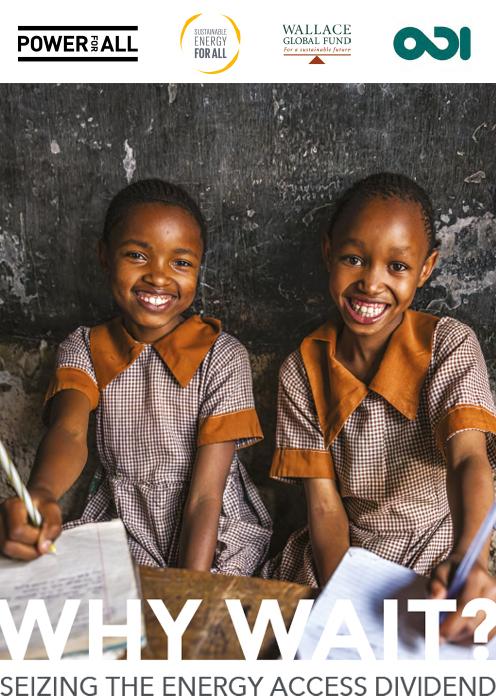Networks empowering women in the energy sector
Filagot Tesfaye is a professional engineer, successful entrepreneur and a change agent in Ethiopia’s energy transition.
Parenting two small children and managing her own business, ON ENERGY CONSULT, is more than a full-time job. Yet, this remarkable woman still finds the time to support women looking to build careers as energy professionals.
This month, Filagot and four co-founders formally launched the Ethiopian Women in Energy Network (EWiEn) with the goal to connect women with employment and business opportunities in Ethiopia’s energy sector.
“Throughout my career, I’ve seen that energy is a male-dominated sector, so my enthusiasm for making sure women have equal opportunities has grown slowly with time,” Filagot explains.
Meanwhile, Filagot has realized that greater involvement by women within the energy sector can contribute to the speed and scale of the energy transition already underway in Ethiopia.
Approximately 44% of people in Ethiopia have access to electricity, and the country recently launched its National Electrification Program 2.0 as a detailed strategy for bringing access rates up to 100% by 2025.
Filagot sees women as playing a pivotal role in securing the community buy-in necessary for electricity projects to develop in areas currently without access. Women working in government, NGOs or the private sector can connect with women in these communities to build trust and understanding around the transformative effects that energy can have on their lives.
EWiEn aims to make this a reality by making sure women interested in the energy field are aware of current opportunities via the network’s monthly meetings and through its online channels, which members also use to ask each other questions and share their experiences.
Noticing a trend for young women to drop out of the sector at early stages of their career, Filagot and her co-founders also developed a workshop for junior energy professionals looking to build their careers in energy so that these young women can access mentorship from more senior professionals.
“The goal is to inspire young women by showing them other women who are at the top of their career,” she says.
Filagot can attest to the power of mentorship in supporting gender equality within the energy sector. In 2018, she was one of ten mentees who took part in the Global Women’s Network for the Energy Transition (GWNET) inaugural mentorship program.
Christine Lins, Executive Director of GWNET, explains that the mentorship program was created as part of her organization’s broader mission to empower women working in the energy field in support of a more just and accelerated energy transition.
“Having women involved in the decision-making processes of the energy transition brings in more diverse perspectives,” Lins contends. “Breaking up traditional power structures is a prerequisite to more progress on the transition and achieving SDG7 [Sustainable Development Goal 7].”
With that in mind, GWNET’s mentorship program is designed to help young energy professionals around the world develop their careers towards leadership positions.
Mentees apply by outlining their objectives and what they want from the mentorship program. This helps GWNET ensure that applicants get paired with a mentor who can offer the most value.
If an applicant is accepted, they are then engaged in a year-long bilateral program with the mentor, with most communication taking place online. The mentee also gets access to GWNET’s knowledge transfer webinars, focusing on energy related topics, but also business development and personal development topics.
Filagot was paired with Laura Williamson from REN21, and the two were a strong match, sharing elements of both their personal and professional lives.
“We had a call once a month and I even met her twice in person,” says Filagot. “She never said ‘no’ to me. If I had a technical question and she didn’t know the answer, she would always try to link me with the right people. And she would offer me positive reinforcement when I was doubting my decisions.”
The positive experience with Williamson and the GWNET program is now being paid forward by Filagot through her own network and mentorship program in Ethiopia.
“I was really stunned by Filagot,” exclaims Lins. “She is a brilliant example of how by transferring benefit to one person, you can really spread the benefit to a country. This is the ideal.”
GWNET is now looking to create more of these ripple effects as a partner in the People-Centered Accelerator, a coalition of more than 45 organizations devoted to gender equality, social inclusion and women’s empowerment.
GWNET is spearheading a project on “Women Changemakers” that will leverage its Women in Energy Expert Platform and is working with SEforALL on developing a program that will support and mentor women working on energy access projects in SEforALL high-impact countries.
Top photo credit: Filagot Tesfaye



